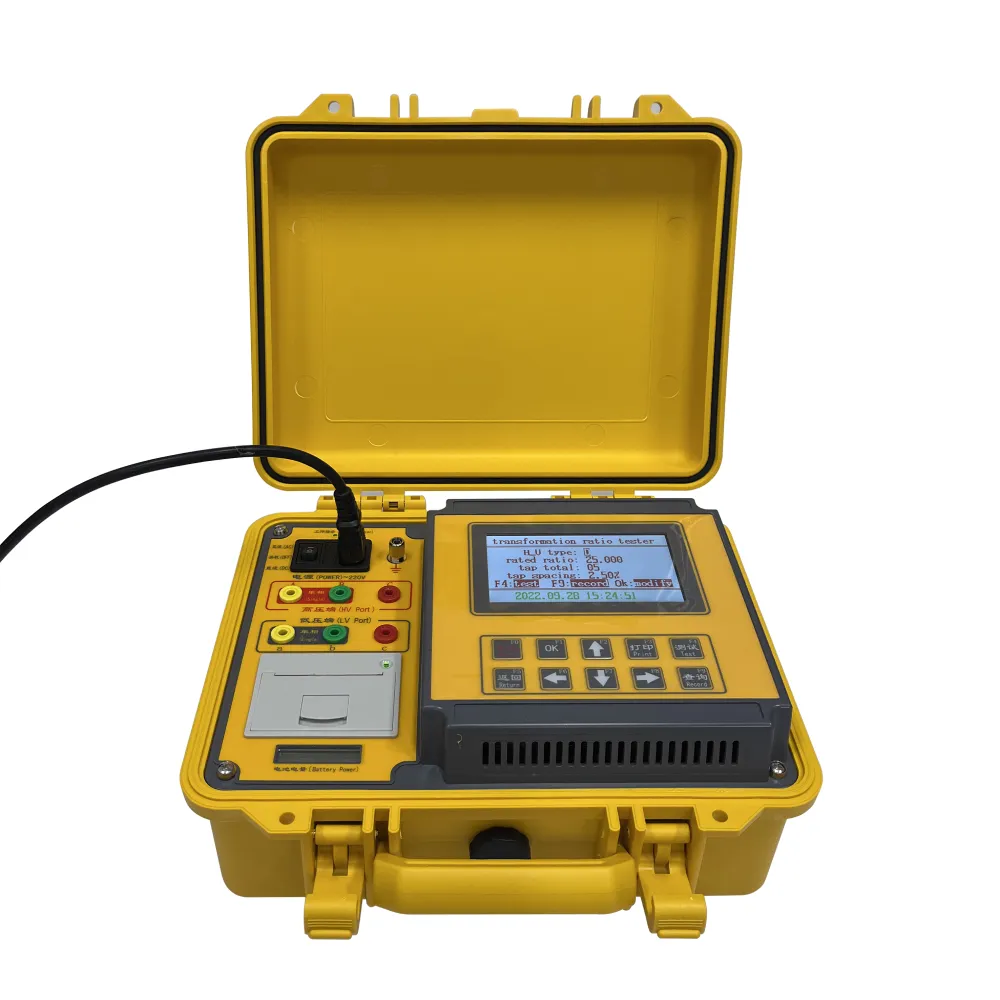 English
English



-
 Afrikaans
Afrikaans -
 Albanian
Albanian -
 Amharic
Amharic -
 Arabic
Arabic -
 Armenian
Armenian -
 Azerbaijani
Azerbaijani -
 Basque
Basque -
 Belarusian
Belarusian -
 Bengali
Bengali -
 Bosnian
Bosnian -
 Bulgarian
Bulgarian -
 Catalan
Catalan -
 Cebuano
Cebuano -
 China
China -
 China (Taiwan)
China (Taiwan) -
 Corsican
Corsican -
 Croatian
Croatian -
 Czech
Czech -
 Danish
Danish -
 Dutch
Dutch -
 English
English -
 Esperanto
Esperanto -
 Estonian
Estonian -
 Finnish
Finnish -
 French
French -
 Frisian
Frisian -
 Galician
Galician -
 Georgian
Georgian -
 German
German -
 Greek
Greek -
 Gujarati
Gujarati -
 Haitian Creole
Haitian Creole -
 hausa
hausa -
 hawaiian
hawaiian -
 Hebrew
Hebrew -
 Hindi
Hindi -
 Miao
Miao -
 Hungarian
Hungarian -
 Icelandic
Icelandic -
 igbo
igbo -
 Indonesian
Indonesian -
 irish
irish -
 Italian
Italian -
 Japanese
Japanese -
 Javanese
Javanese -
 Kannada
Kannada -
 kazakh
kazakh -
 Khmer
Khmer -
 Rwandese
Rwandese -
 Korean
Korean -
 Kurdish
Kurdish -
 Kyrgyz
Kyrgyz -
 Lao
Lao -
 Latin
Latin -
 Latvian
Latvian -
 Lithuanian
Lithuanian -
 Luxembourgish
Luxembourgish -
 Macedonian
Macedonian -
 Malgashi
Malgashi -
 Malay
Malay -
 Malayalam
Malayalam -
 Maltese
Maltese -
 Maori
Maori -
 Marathi
Marathi -
 Mongolian
Mongolian -
 Myanmar
Myanmar -
 Nepali
Nepali -
 Norwegian
Norwegian -
 Norwegian
Norwegian -
 Occitan
Occitan -
 Pashto
Pashto -
 Persian
Persian -
 Polish
Polish -
 Portuguese
Portuguese -
 Punjabi
Punjabi -
 Romanian
Romanian -
 Russian
Russian -
 Samoan
Samoan -
 Scottish Gaelic
Scottish Gaelic -
 Serbian
Serbian -
 Sesotho
Sesotho -
 Shona
Shona -
 Sindhi
Sindhi -
 Sinhala
Sinhala -
 Slovak
Slovak -
 Slovenian
Slovenian -
 Somali
Somali -
 Spanish
Spanish -
 Sundanese
Sundanese -
 Swahili
Swahili -
 Swedish
Swedish -
 Tagalog
Tagalog -
 Tajik
Tajik -
 Tamil
Tamil -
 Tatar
Tatar -
 Telugu
Telugu -
 Thai
Thai -
 Turkish
Turkish -
 Turkmen
Turkmen -
 Ukrainian
Ukrainian -
 Urdu
Urdu -
 Uighur
Uighur -
 Uzbek
Uzbek -
 Vietnamese
Vietnamese -
 Welsh
Welsh -
 Bantu
Bantu -
 Yiddish
Yiddish -
 Yoruba
Yoruba -
 Zulu
Zulu
oil burner testing equipment
Oil Burner Testing Equipment Ensuring Efficiency and Safety
Oil burners are critical components in a variety of heating systems, commonly found in residential and commercial settings. Ensuring that these burners operate efficiently and safely is paramount not just for performance but also for environmental compliance and safety standards. For this reason, the use of specialized oil burner testing equipment has become essential. This article explores the various types of testing equipment available, their functions, and the importance of regular testing.
Importance of Oil Burner Testing
Regular testing of oil burners serves multiple purposes. First and foremost, it identifies any faults or inefficiencies that may arise due to wear and tear, poor maintenance, or equipment failure. Problems such as improper fuel combustion can lead to increased emissions, which not only harms the environment but can also result in health hazards for occupants. Moreover, inefficient burners tend to consume more fuel, leading to higher operating costs. Therefore, implementing a routine testing schedule with proper equipment is critical to maintaining optimal performance and reducing environmental impact.
Types of Oil Burner Testing Equipment
1. Combustion Analyzers These devices measure the efficiency of combustion by analyzing the gases produced during the burning process. Key parameters monitored include oxygen (O2), carbon dioxide (CO2), carbon monoxide (CO), and flue gas temperature. A high-quality combustion analyzer allows technicians to adjust the burner settings, thereby improving efficiency and reducing harmful emissions.
oil burner testing equipment

2. Smoke Meters Smoke meters evaluate the opacity of exhaust gases. A smoke meter essentially measures the amount of particulate matter emitted by the burner. Excessive smoke indicates incomplete combustion, which not only wastes fuel but also contributes to air pollution. Regular use of smoke meters helps ensure that the burner operates within acceptable smoke emission levels.
3. Pressure Gauges Correct fuel pressure is essential for optimal burner operation. Pressure gauges help technicians verify that the fuel supply pressure is adequate, ensuring that the burner receives the right amount of fuel for efficient operation. Low pressure can lead to incomplete combustion, whereas high pressure may result in excessive emissions.
4. Nozzle Testers The oil burner’s nozzle plays a crucial role in atomizing the fuel for combustion. Nozzle testers assess the spray pattern and flow rate of the oil being delivered. An inefficient nozzle can severely affect burner performance, leading to energy wastage. Testing ensures that nozzles are functioning properly and prevents engine knock and other mechanical failures.
5. Thermocouples and Temperature Probes Monitoring temperature is essential for evaluating overall burner performance. Thermocouples and temperature probes are used to monitor various temperature points in the burner setup, such as the combustion chamber and flue outlet. Anomalies in temperature readings can indicate potential issues that require immediate attention.
Conclusion
The significance of oil burner testing equipment cannot be overstated. Regular testing is essential for ensuring safety, efficiency, and compliance with environmental regulations. By utilizing advanced testing equipment, technicians can identify problems early, make necessary adjustments, and ultimately save on fuel costs while reducing the environmental impact. In an age where energy efficiency and pollution control are increasingly crucial, investing in oil burner testing equipment is a responsible choice that benefits both the user and the environment. Proper maintenance and regular testing not only extend the lifespan of oil burners but also contribute significantly to a sustainable future.
-
Ensuring SF₆ Gas Safety: Introducing PUSH’s Integrated SF₆ Analyzer for Dew Point, Purity, and Decomposition MonitoringNewsJul.10,2025
-
Exploring the Main Types of Industrial Endoscopes and Their Applications Across IndustriesNewsJul.04,2025
-
Testing Equipment Industry Sees Major Advancements in 2025: Smart & Precision Technologies Lead the WayNewsJun.06,2025
-
Applications of Direct Current Generators in Renewable Energy SystemsNewsJun.05,2025
-
Hipot Tester Calibration and Accuracy GuidelinesNewsJun.05,2025
-
Digital Circuit Breaker Analyzer Features and BenefitsNewsJun.05,2025



